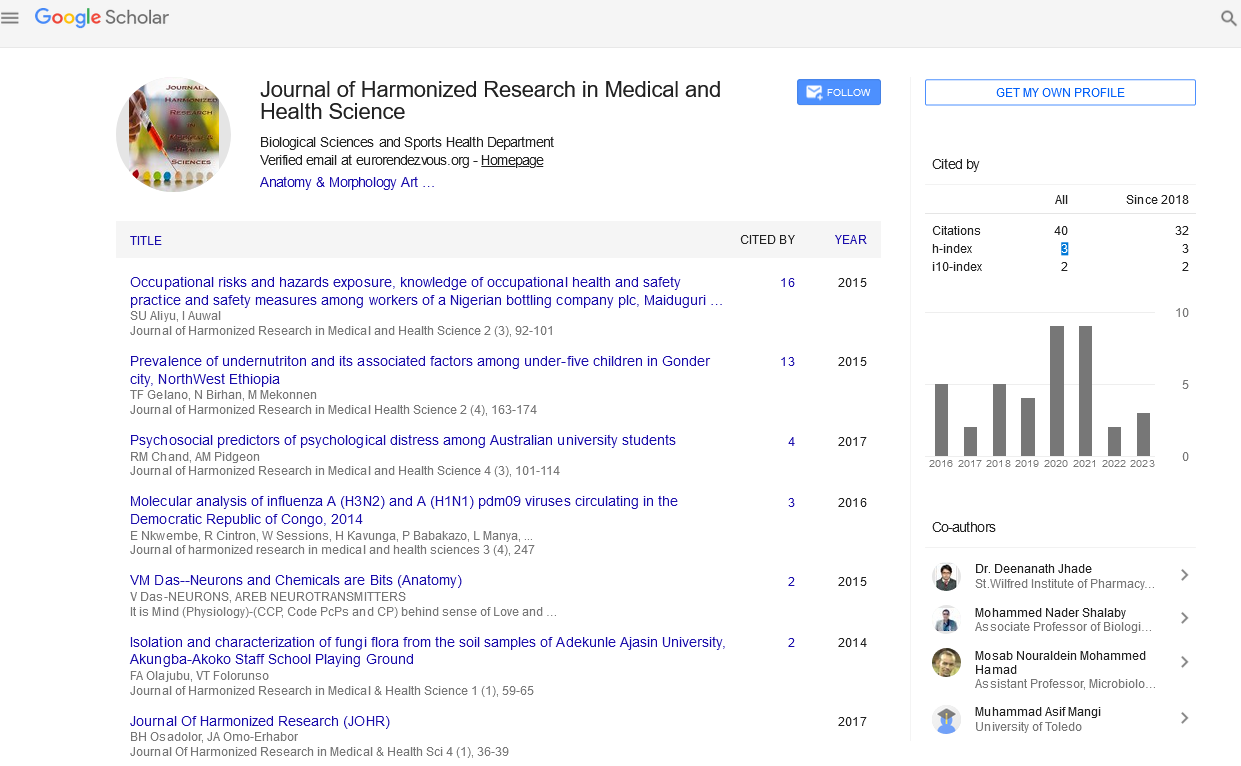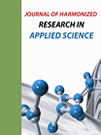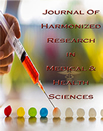Editorial - (2021) Volume 8, Issue 1
STRATEGIES OF PLANT CELL CULTURE FOR NATURAL PRODUCTS
William Wats*Received: Sep 02, 2021 Published: Sep 23, 2021
Editorial
Plants have developed a great chemical abundance, often driven by the need to protect themselves from microbial pathogens, insect pests, and grazing animals. Around 200,000 NPs have been diagnosed and some of these have been used as medicines, food flavourings and colorants, chemicals for pest and disease control, and cosmetic products and perfumes. However, so far only a small fraction of this large chemical area has been mined, so many molecules are waiting to be exploited.
Plant Cell Culture (PCC) is a well-connected generation platform for NP synthesis. This technique offers numerous advantages when evaluating different capacity strategies, especially for the production of NP with complex structures. Significant advances have now been made in plant cell systems based on the connected understanding of mobile microbial and animal culture. This has made it possible to move from experimental systems to commercially viable enterprise-scale processes. This will facilitate a series of high quality NPs that appear commercially aggressive in the market, especially those with the high quality.
Plant cell suspension cultures offer the most reliable and efficient device for generating NP. An example of this is the production of geraniol, a critical monoterpenoid for the flavour and fragrance industry. While these NPs are synthesized in slightly better stages in transgenic tobacco plants, the PCC turned out to be a normal additional commercial device, while keeping in mind the ease of use and the seamless nature of the technology. Therefore, PCC is established as the suitable full-length expression platform, mainly plant-based, for the production of geraniol and associated NPs. Furthermore, with the help of the right livelihood and the larger stages of phytohormones, it is feasible for miles to create in vitro cultures of maximal plant species. After callus formation has taken place, mobile suspension cultures can finally be created, actually with the help of the use of these cells in a liquid medium. The resulting cultures generally have considerable scalability functionality to grow in industrial bioreactors designed to maximize the levels of NP biosynthesis.
The new hormonal stability at the site of contamination activates the surrounding cells mitotically and induces the formation of proliferative roots known as hair roots. This phenotype is characterized by large branching, loss of geotropism, and overdevelopment in the absence of exogenous hormones. Hair root crops are fantastically clean to keep and are genetically stable. Hair root cultures have become a successful music archive with the manufacture of a wide variety of NPs including nicotine, ginsenosides, camptochecin, tropane, and pyrrolizidine alkaloids. However, a critical difficulty in producing nanoparticles from hairy roots is that the target molecule must be synthesized within the roots of the respective delivery plant. This is considerable, since a fantastic amount of NP is synthesized in root tissues, and most of it is produced in aerial structures. Also, any other capacity issue is that phloem or xylem often relocates some root-synthesized NPs away from their manufacturing website, to distant sink tissues where they are stored for chemical defense. Still, some of the NPs are synthesized and accumulated in the roots, including: scopolamine, atropine, anthraquinone, indole alkaloids, and cardiac glycosides.
However, the application of traditional DDC has large limits, including: a fairly slow boom rate, instability in product performance, sensitivity to shear stress, and low concentration technology of the given NPs. Furthermore, the biosynthesis of the target chemical is likely to be localized to different organs rather than roots, which precludes the use of hairy root cultures. However, the latest trends in mobile development, the choice of excessive mobile lines, biotransformation, mobile permeabilisation and subculture optimization, among others, the use of DCC and fur root crops are beginning to grow.










